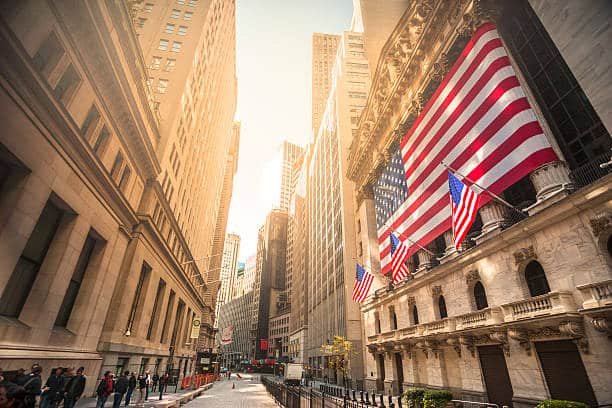The U.S. stock market surged on Tuesday following a more moderate inflation report, strengthening Wall Street’s belief that the Federal Reserve will refrain from raising interest rates during its upcoming meeting. The S&P 500 reached its highest level since April 2022, while the Dow Jones Industrial Average and Nasdaq composite also experienced significant gains.
Investors have been optimistic about the economy’s ability to avoid a severe recession and for inflation to subside enough for the Federal Reserve to ease its rate hikes. The latest report revealed that consumer prices for food, fuel, and other goods were 4% higher in May compared to the previous year, indicating a slowdown from last summer’s peak of 9.1% inflation.
The data prompted traders to increase their bets on the Fed maintaining interest rates during its Wednesday announcement. If the Fed indeed refrains from raising rates, it would mark the first meeting in over a year without a rate hike.
The Federal Reserve has already raised its benchmark short-term rate to the highest level since 2007, which has contributed to slowing inflation but has also resulted in some U.S. bank failures and a contraction in the manufacturing industry.
Technology stocks, including Nvidia, led the S&P 500’s gains, fuelled by the recent surge in interest around artificial intelligence in the financial markets. While earlier in the year, only a select group of stocks drove the market’s upward movement, Tuesday’s rally was more widespread, with four out of five stocks in the index posting gains.
Raw-material producers and industrial companies also experienced notable increases in the S&P 500, driven by optimism regarding the resilience of the economy. Mining company Freeport-McMoRan and United Airlines were among the notable gainers.
Despite the prevailing optimism, many market participants believe that rate hikes are not yet over. Traders anticipate the Federal Reserve to resume raising rates in July, even if rates remain unchanged this week.
The inflation report highlighted that overall inflation remains high, including underlying price increases. The Federal Reserve prefers to examine inflation after excluding food, fuel, and housing costs to gain a clearer perspective on the trend’s direction. However, this “supercore” inflation is still above the Fed’s comfort level.
Concerns arise as additional rate hikes by the Federal Reserve could add more pressure to the already strained U.S. banking system. Banks have witnessed deposit outflows as customers seek higher yields in money-market funds. Simultaneously, higher rates have reduced the value of bonds and other investments that banks acquired when rates were lower.
The recent failures of three prominent U.S. banks since March have shaken confidence in the financial system, prompting some banks to tighten lending standards for households and businesses. This tightening further slows down the economy, raising the risk of a recession.
Zions Bancorp saw its shares decline after it appeared to lower its forecast for upcoming net interest income during an investor presentation.
With only two weeks remaining until the start of the third quarter, investors who previously predicted a recession would hit during this period have been proven wrong. The job market has remained resilient, propping up the economy.
“While the recession has not materialised thus far, we are witnessing the repercussions in public market equity valuations through the recent rally,” said Alexandra Wilson-Elizondo, Deputy Chief Investment Officer of Multi Asset Solutions at Goldman Sachs Asset Management.
However, the economy is not entirely in the clear. Wilson-Elizondo believes that with inflation persistently high, the business cycle will eventually lead to a recession as the Fed must take more significant measures in the labor market to make substantial progress toward its 2% inflation target.
In the bond market, yields initially dropped after the inflation report but later recovered. The 10-year Treasury yield rose to 3.83%, influencing rates for mortgages and other significant loans. The two-year yield, which responds more to Fed expectations, increased to 4.69%.
In global markets, Hong Kong’s Hang Seng index rose by 0.6% following China’s central bank’s decision to lower its one-week lending rate for the first time since last summer. The rate cut reflects official concerns about China’s economic recovery after a slowdown in factory and consumer activity.
The support from the world’s second-largest economy contributed to the rise in crude oil prices. U.S. crude increased by $2.30 to $69.42 per barrel, while Brent crude, the international benchmark, rose by $2.45 to $74.29 per barrel.







